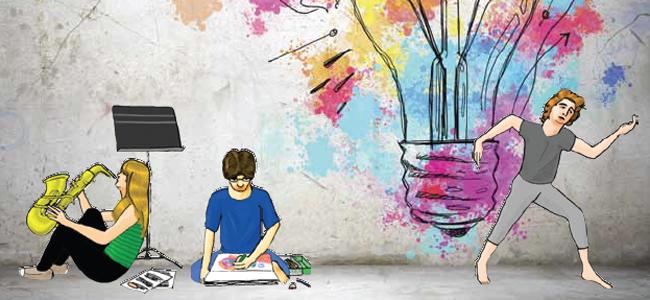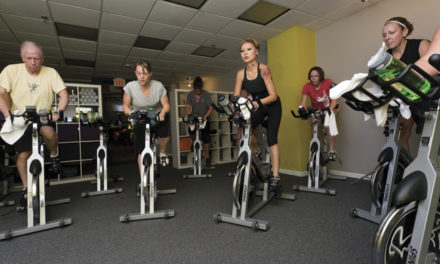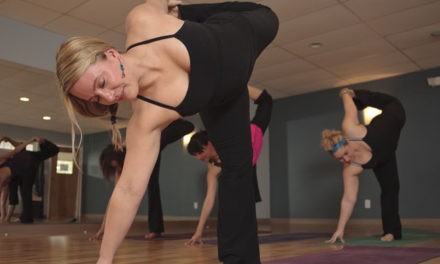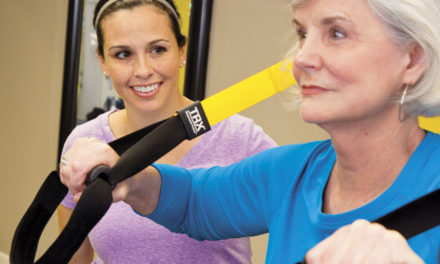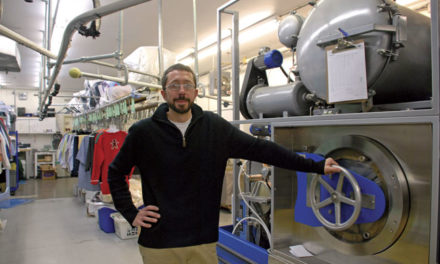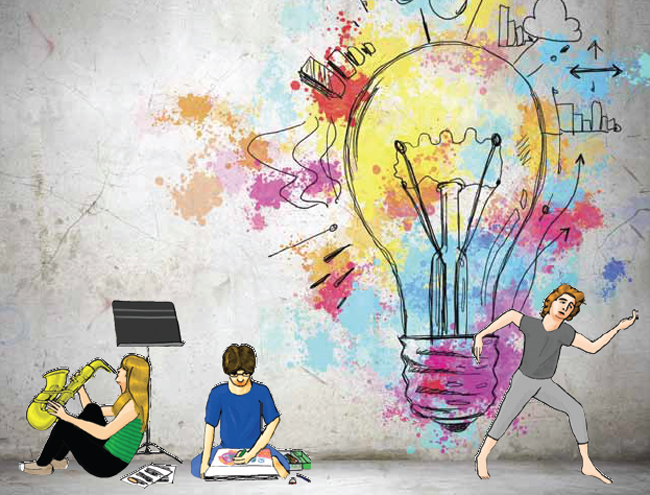
BY JANET MANDELSTAM
Hearing a familiar tune, a woman with Alzheimer’s disease begins to sing. An autistic boy draws a picture that expresses emotions he is unable to verbalize. A patient with Parkinson’s disease explores movement through dance. All are benefiting from what is variously called creative, expressive, or complementary therapy. It’s a growing field in Bloomington as therapists use music, art, dance, drama — even horticulture — to treat a variety of conditions, both mental and physical.
When the creative arts are employed as therapy, the benefits are physical, emotional, social, psychological, and spiritual, says music therapist Gloria Bruner, who works with children at The Project School, advanced Alzheimer’s patients at Bell Trace Health and Living Community, and adolescents at Bloomington Meadows Hospital. This work can stand alone or complement traditional talk therapy.
The children at The Project School could be singing, composing a song, playing an instrument, or dancing to music. “Songs may bring up feelings and emotions for the children,” says Bruner, “or they may organize their feelings into a song they write.” Music also can help with impulse control or increase purposeful movement. Rhythm instruments are on hand, and the children can express their feelings by grabbing a drum or a tambourine.
At Bell Trace, Bruner says, it is a magical moment when advanced Alzheimer’s patients hear a song they recognize and immediately lift their heads and begin singing. “Musical memory is one of the last functions to go,” she says.
“Musical therapy brings meaning back into their day,” says therapist Jonni Fogerty, who also works with Alzheimer’s patients. When Fogerty began her private practice in 2007, she says she was the only music therapist in town. Today Fogerty Music Therapy employs six therapists who provide home- and community-based services to children and adults with special needs, the majority of whom have an intellectual disability.
“Music is familiar, nonthreatening, and addresses the whole person,” Fogerty says. “In one session we can target speech, motor skills, and cognitive thinking. Music complements a variety of therapies.” For example, a speech therapist might be working with a Down syndrome patient on the articulation of the “s” sound. The music therapist would then use a song that contained many similar sounds. “We’re working on the same goal with different modalities.” And if music is added to stroke victims’ physical routines, Fogerty says, “they are more likely to keep at it and do more reps.”
Bruner and Tami Harris, a clinical art therapist, work with adolescents at Meadows, a psychiatric hospital. “Adolescents love music,” says Bruner. “It’s one of their prime coping skills.”
Harris’ patients in the hospital’s residential unit may be dealing with such issues as anxiety, depression, or substance abuse. Like music, art also connects with all types of therapy and often serves as a bridge to traditional talk therapy, she says. By creating artwork, the teens “don’t even know it, but they are expressing emotion without words.”
No artistic skill is required, Harris says. She matches the medium to the personality of the individual. “Those who need more control might draw with pencil, a more restrictive medium,” while others might use clay or watercolor, “more fluid materials.”
Music and art are just two creative art therapies. Fogerty says there are dance and drama therapists, and that some of her clients also work with a horticultural therapist. “There’s a lot of research going on now,” she says. “The field is growing in popularity.”


